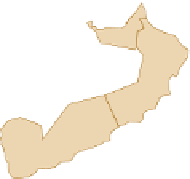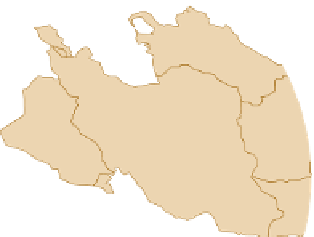Geoscience Reference
In-Depth Information
World Oil
(2006)
Russia
60
Canada
178.8
C
a
ada
C
a
C
Ca
d
na
d
Norway
7.7
N
o
wa
y
N
7.
7
N
rw
a
y
17
8
7
8
L
i
bya
3
9.1
Li b
Kazakhstan
9
Ka
za
K
Ka
z
k
h t
a
n
Lib
y
b
by
a
aza
k
a
K
3
3
33
9
9
Azerbaijan
7
jan
b
ij
b
b
A
U.S.
21.4
e
r
b
a
AA
r
ba
C
hi a
C
Chin
a
1
8.3
7
a
C
8
8
.
3
Algeria
11.4
Mexico
12.9
India
5.8
n
d
d
a
i
5
8
Nigeria
35.9
Qatar
15.2
Q
Q
t
a
r
Venezuela
79.7
Q
a
a
5
1
5 2
5
.
5 2
15
.2
1
Iraq
1
1
5
raq
Brazil
11.2
Ir
a
q
Iran
132.5
r
an
Top 20
countries
1224.5
15
1
2.5
32
Rest of
world
68.1
R
w
6
Kuwait
101.
5
Kuw
a
.5
101
5
Saudi
Arabia
264.3
Saudi
A
bb
bi
Arabia
264.3
Figure 20.25 Geography of proven oil reserves by country.
Known oil reserves (in billions of barrels) tend to be clustered in
specific areas. Note that the Middle East has the largest proven
oil reserves on Earth. Compare those amounts with the known
reserves in the United States.
U.A.
E
.
97.8
U
A
A
E
E
9
9
8
.8
9
9
9
we need. Although we import our oil from a variety of places,
prices are set by OPEC, which is dominated by politically un-
stable countries in the Middle East where most conventional
oil reserves occur (Figure 20.25). With this backdrop in mind,
many geoscientists in the early 21st century believed that we
have reached peak global oil production (Figure 20.26). Al-
though the peak oil scenario is a controversial one, signs of it
were beginning to emerge in early 2008 when global oil pro-
duction (88 million barrels per day) barely exceeded global
demand (86 million barrels of oil per day). This tight rela-
tionship between supply and demand is of particular concern
given that global oil demand is expected to reach
130 million
barrels per day
in 2030.
been consumed. As a result, future economic growth may be
threatened if the cost of petroleum spikes It has been these
concerns—along with worries about fossil fuel use and cli-
mate change (Chapter 9)—that have spawned the major push
toward renewable fuels such as solar power (Chapter 4), wind
power (Chapter 6), and hydroelectric power (Chapter 16). Nev-
ertheless, fossil fuels are still used to generate over 85% of the
energy in the United States, with 40% produced by petroleum
alone. Clearly, the global economy still needs a whole lot of oil
for the foreseeable future.
In this context, recent work within the oil industry has fo-
cused on locating unconventional reserves of oil and develop-
ing technology to extract them. Such work requires an excellent
understanding of physical geography and geology. The largest
reserve of unconventional oil in North America is the Atha-
basca oil sands (or tar sands) in Canada (Figure 20.27). These
deposits consist of loose sand or partially cemented sandstones
that contain a very dense and extremely viscous form of petro-
leum called
bitumen
. Estimates indicate that as many as
178
billion barrels
of oil occur in these deposits (Figure 20.25).
Developing Unconventional
Sources of Oil
Although the peak oil concept has been controversial, it is
generally agreed that a lot (most?) of the easily accessible oil
that can be mined with the conventional “straw” system has






































































































































































































































































































































































































































































































































































































































































































































































































































































































































































































































































































































































































































































































































































































































































































































































































































